Nintendo has just unveiled their successor to the Nintendo DS, appropriately titled, “Nintendo 3DS.” What are we to think of this bizarre handheld, boasting a glasses-free 3D experience? Wasn’t Nintendo’s previous experiences with 3D gaming pretty terrible? Why is the price point just as high as the Wii when it was first released?
The Life and Times of the Nintendo 3DS
All of these questions being so readily apparent right from the announcement did not deliver a positive forecast for this new handheld. By all rights, this upstart replacement for the highly popular Nintendo DS family of systems should have been a failure from the get-go. With the PlayStation Vita all set for launch in 2011 as well, it looked like there was finally some serious competition for Nintendo in the portable department.
And yet the 3DS has not only persevered through all of these trials and tribulations but has also gone on to become one of the most celebrated portable devices ever released. Boasting an incredible software library of diverse and unique titles, a robust online shop selling digital copies of games both new and retro, and a unique collection of features, the Nintendo 3DS continues to sell even though fewer and fewer new titles are released each month.
Now that we are ten years removed from that original announcement, it is time to ask: was the Nintendo 3DS successful? Financially speaking, it is a huge success; yet, what does that say about the quality of releases, the tenacity of the console to live on as a “retro” system, and what kind of staying power does it have?
The Features
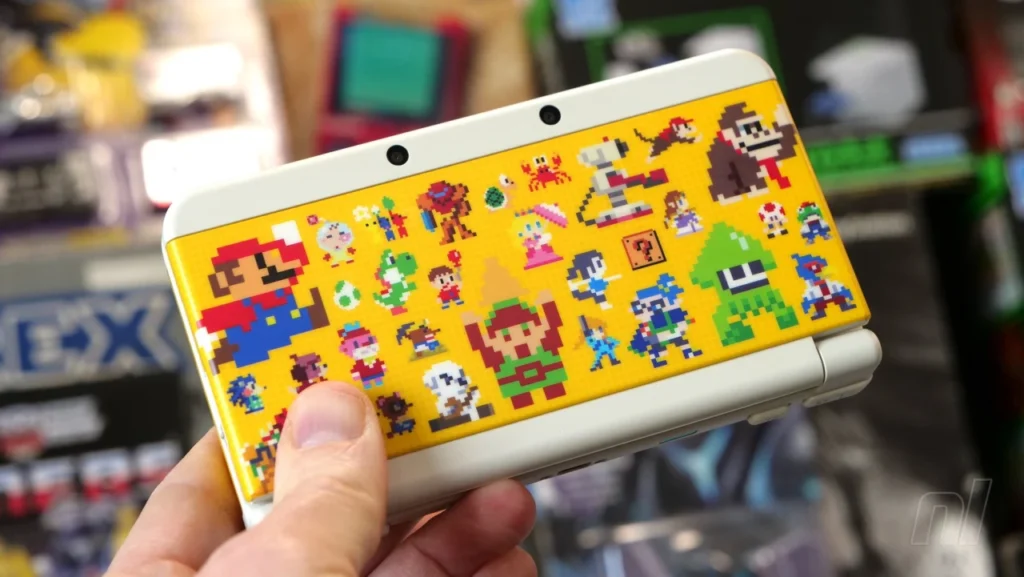
Coming out of the gate with the stereoscopic, glasses-free 3D was a bold move. 3D movies had started to hit their stride during this time and were becoming increasingly popular. Capitalizing on this recent trend was seen as forward-thinking, but also a little quirky. What was the point?
I never cared for the 3D effect. It provided a unique way to play games, certainly, but I didn’t think it was ever innovative enough to keep it turned on. Being a glasses-wearer myself, it felt especially difficult to get any kind of adequate focus on the 3D effect, and I know many people who felt it strained their eyes too much. When used properly, it was truly amazing to see, but tilt the system any amount of degrees the wrong way and you end up seeing double really quickly.
The Streetpass feature was an innovation on an earlier sharing system found in titles such as Dragon Quest IX for the Nintendo DS. Being able to pass by people and trade information wirelessly was quite enjoyable, especially when that extra information could give you a boost in your game or affect how your narrative plays out (which Bravely Default and Bravely Second masterfully demonstrated). Trading Miis, collecting puzzle pieces, and even playing a short RPG with party members from around the world added an extra layer of connectivity between players that hasn’t been replicated since.
Much like how the Nintendo DS could play GameBoy Advance titles, the Nintendo 3DS was capable of playing your entire Nintendo DS library at launch. This was an exceptionally helpful feature for people new to Nintendo portables because it allowed them to delve into hundreds upon hundreds of excellent titles that were already available as they waited between 3DS releases. Not only that but because the storage on the 3DS could be expanded via SD (and eventually microSD cards), this allowed Nintendo to finally focus on releasing full retail titles digitally through their 3DS eShop. This was transformative for how I played, especially as I had traveled to South Korea shortly after getting a 3DS and had almost zero ability to purchase games from my region unless I wanted to pay exorbitant importing fees.
The library of games for the Nintendo 3DS cannot be downplayed: there are SO MANY fantastic games for this console. From JRPGs to puzzle games to action-adventure to retro remakes, there is something for everyone on the 3DS. The fact that we still had major releases even up to the end of 2019 speaks volumes about how much money this system makes, even with the Switch currently firing on all cylinders. It is also the only system you can purchase now that has access to every mainline Pokemon release in some form or another.
The Problems
The main problem with the system right from the bat was the price point. $250 is A LOT to ask for a portable console, even one as unique as the Nintendo 3DS. Many believe this is why the system initially tanked at release. As mentioned before, it was the same price as the Wii when it was first released, and many people could not imagine paying console prices for a portable console with a lackluster set of games at launch. Not too many months after release, however, Nintendo dropped the price down to $180.
Speaking of the games, the launch lineup was, in a word: terrible. A lineup of 15 games sounds pretty significant, but for the most part, they felt like most launch games do: pretty decent ideas and some scaled-down versions of console games, but relatively rushed and unpolished. The only one that stood out to me at the time was Super Street Fighter IV: 3D Edition, and that was only because I fancied myself as a pretty decent Street Fighter player at the time (which I wasn’t).
To call the system bloated is a bit of an understatement. Within the operating system, Nintendo seemed to want to throw everything AND the kitchen sink into this system just to showcase many of the console’s features. AR games, Miiverse, a 3D camera, a music player, etc. Because of this, there are times when simply turning on the system or changing what game you are playing causes the 3DS to grind to a halt. It can be frustrating at times if you are used to the snappiness of Nintendo systems.
The Legacy
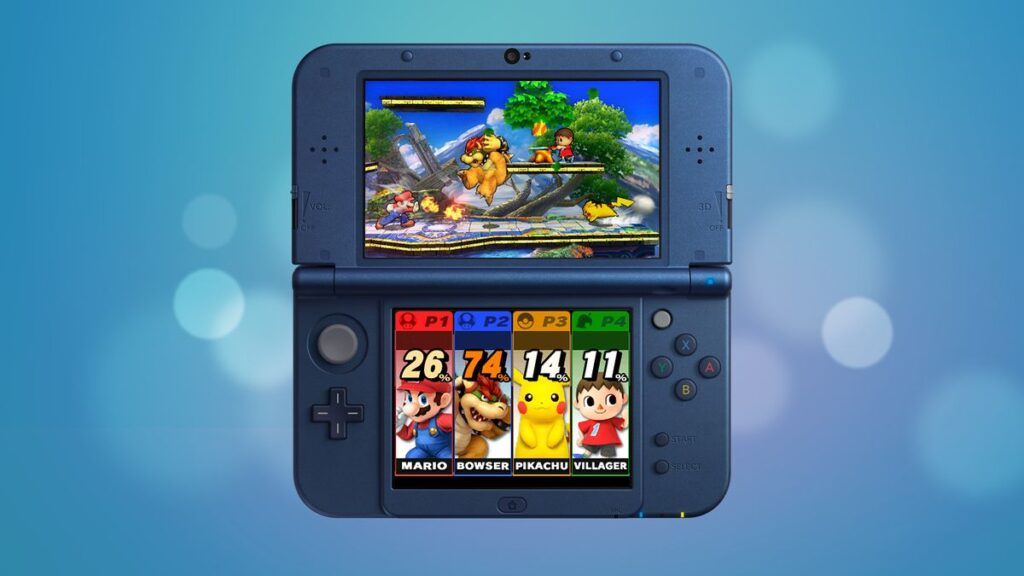
If you, like me, love to delve into retro podcasts regularly, you might have periodically heard about game and console preservation. Now that the Vita and the 3DS are functionally dead systems at this point, hearing people talk about the future preservation of these games sounds strange to me; yet, there are some concerns we should keep in mind as the 3DS slowly phases out of production. Will we be able to access many of these games in the future? Will these digital titles keep being ported to modern systems or are we going to lose them? Such is the double-edged sword of digital downloads.
I, for one, believe the 3DS will stand the test of time and be looked back upon as an important milestone in the history of gaming. Innovating on a beloved system is never easy, but that fluid continuity between Nintendo DS and Nintendo 3DS helped both hardcore and casual gamers during the transition. As the Switch is gaining popularity, we can look at what the 3DS accomplished and see how it paved part of the way for our new and shiny console/portable hybrid.
Good job, Nintendo 3DS. You had a great run. What are some of your favorite memories with the Nintendo 3DS? Let us know in the comments!
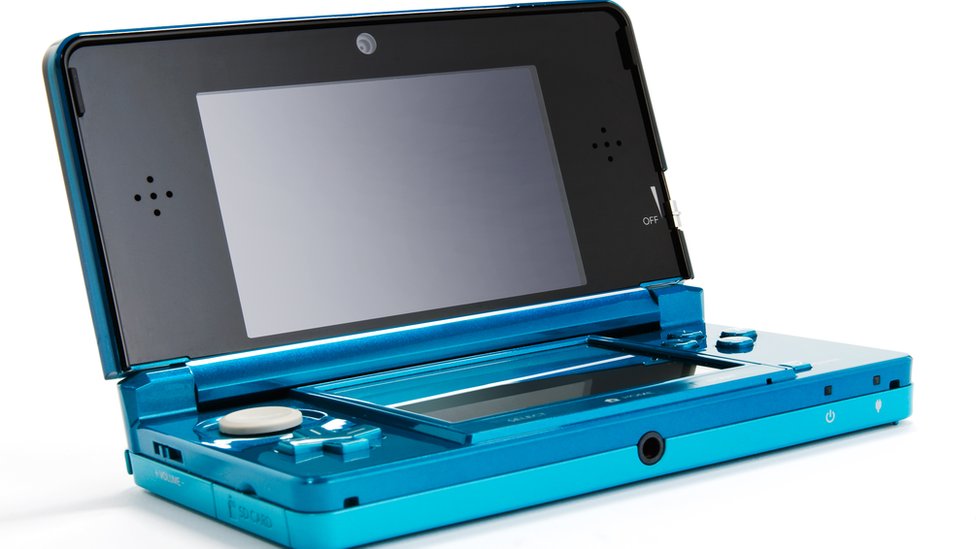




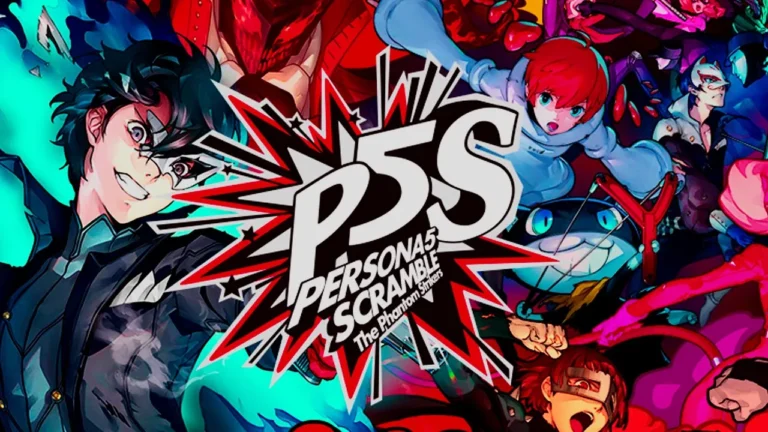
Leave a Comment